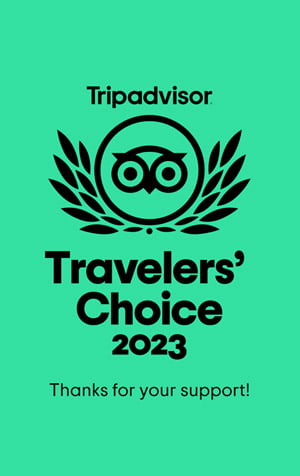GIR SPIRIT OF TANZANIA
SUGGESTED TIME : About 8 daysHIGHLIGHTS :
Arusha / Mto Wa Mbu Village / Lake Natron / Serengeti National Park / Ngorongoro Crater / Tarangire National Park
FLAGSHIP ACTIVITIES :Bathing in the Engare Sero waterfalls with the Maasai people
Meeting with artists from Mto Wa Mbu



